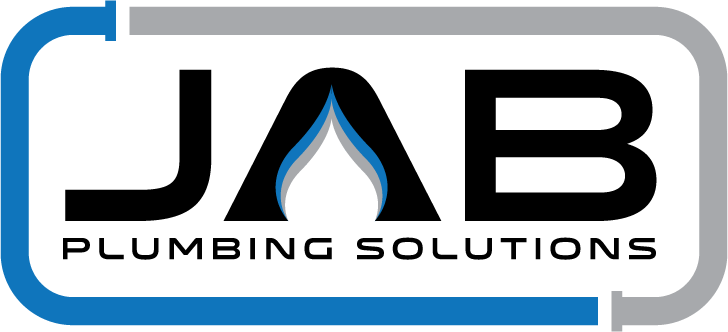When you think of the major causes of toilet backups and clogged toilets, things like tampons or tree roots normally come to mind. But did you know that your choice of toilet paper could be causing your toilet to clog?
There are many different types of toilet paper available on supermarket shelves. There is 100% recycled toilet paper, unbleached toilet paper, scented toilet paper, quilted toilet paper, bamboo toilet paper, toilet paper for sensitive skin. The list goes on.
Did you know that some types of toilet paper are more likely to cause clogged toilets than others?
Toilet paper also comes in a range of thicknesses - one-ply, two-ply, three-ply and even four-ply. One-ply paper is the thinnest toilet paper available with only one layer of paper per sheet. It’s usually cheaper than higher-ply papers and is considered to be of a lower-quality. However, if your toilet runs on a septic system, one-ply paper is the best option because it breaks down easier than high-ply toilet papers. It is also the toilet paper that is least likely to cause blocked toilets.
The higher-grade and more expensive toilet papers have two-to-four plies and are marketed for their softness and durability. In terms of comfort, the more expensive brands are definitely superior to lower-ply papers. Unfortunately, thicker toilet paper has a higher probability of getting stuck in the sewer pipes and causing a clogged toilet. Particularly if you use too much paper in a single sitting.
A good way to test the durability and thickness of your toilet paper is to place a square in the toilet, wait five minutes and then see how much it has disintegrated. If the square of paper looks relatively unchanged, it could be putting your toilet at risk of clogs and it could be time to downgrade. The faster the paper disintegrates, the safer it is for your plumbing pipes.
How to unclog a toilet blocked with toilet paper
Luckily, toilets that are blocked with toilet paper are one of the simplest types of clogs to fix.
Plunging: The most effective method is using a plunger. If the toilet bowl is full of water and waste remove some of it using a bucket, leaving just enough to cover the head of the plunger. Ensure the plunger covers the entire drain opening to get a good seal. Push down and let some of the air escape, then start plunging up and down in a vertical motion using a forceful push-pull action.
Hot water and soap: Another method you can try is pouring hot water and soap down the toilet. This can speed up the disintegration process, helping to dislode the clog. Use hot water rather than boiling water as boiling water may cause the ceramic toilet bowl to crack. You can use dish washing liquid, shower lotion or any other types of liquid soap you have on hand. Squirt a generous amount into the toilet bowl, along with the hot water and wait 10 minutes before flushing again.
Blocked toilet repairs from Sydney’s leading drain plumbers
If you’ve tried the above techniques and the clog is not budging, there could be something more sinister lurking in the plumbing pipes. Things like wet-wipes and tampons are more difficult to clear and may require specialist equipment. JAB Plumbing Solutions work exclusively with drainage and their team of experienced plumbers have the knowledge and tools to unclog any blocked toilet. Give them a call for an obligation free quote on 1800 255 552.
RELATED ARTICLES:








